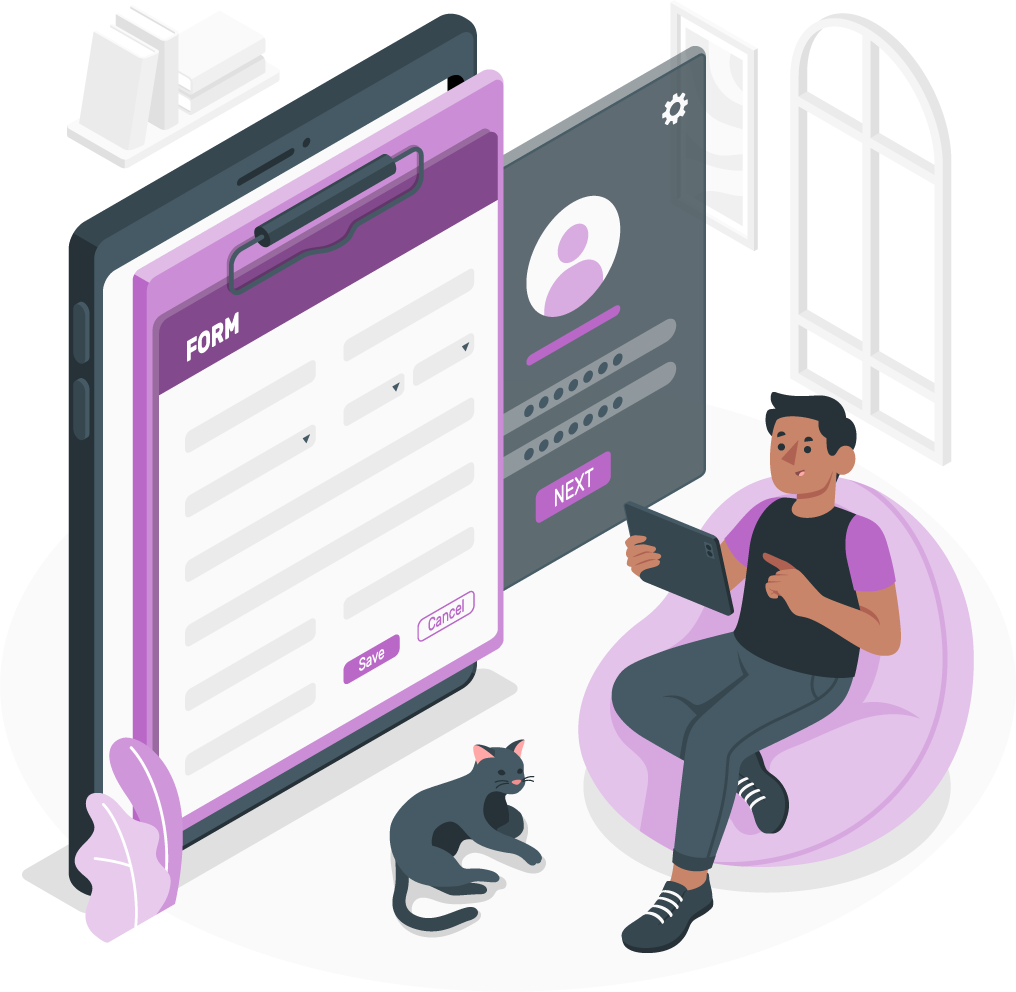Employee engagement and satisfaction are key drivers of organizational success. However, when employees find themselves benched or without active assignments, their engagement levels can decline, leading to decreased motivation and disengagement. In this blog, we will explore effective strategies to improve the engagement and satisfaction of benched employees. By implementing these employee engagement strategies and initiatives, organizations can foster work engagement, mitigate disengagement, and create a positive work environment for their benched employees.
Clear Communication and Transparency
Clear communication and transparency are vital to enhancing employee engagement. When employees are benched, it is essential to communicate their status, reasons for benching, and expected duration in a transparent manner. This empowers benched employees, making them feel valued and recognized by the organization. Transparent communication fosters trust and ensures that employees remain engaged despite their temporary situation, promoting work engagement and overall employee satisfaction.
Skill Development Opportunities
During periods of benching, employees have an opportunity to focus on skill development. By offering skill development programs, training sessions, or conducting hackathons, organizations can empower benched employees to enhance their skills and boost their engagement. Encourage employees to explore new areas of expertise, acquire certifications, or participate in workshops. This investment in their professional growth demonstrates the organization’s commitment to their long-term development, improving employee satisfaction and engagement.
A well-designed Learning and Development (L&D) framework can prove invaluable in addressing such situations. Implementing one is not a daunting task as we have created a successful L&D strategy at iamneo through meticulous research and surveys. Make use of our research report The Wheel Of Engagement: An Employee-Centric L&D Framework.
Meaningful Assignments and Projects
Even when benched, employees should be given meaningful assignments or projects aligned with their skills and interests. These opportunities keep employees engaged, enabling them to utilize their capabilities effectively. Consider assigning benched employees to cross-functional teams, task forces, or internal projects. Such involvement allows them to collaborate with colleagues from different departments, broaden their knowledge, and contribute to the organization’s success, fostering work engagement and employee satisfaction.
Regular Check-Ins and Feedback
Regular check-ins with benched employees are crucial to maintain their engagement and satisfaction. Schedule one-on-one meetings to discuss their progress, concerns, and future goals. Actively listen to their feedback and address any issues promptly. Providing constructive feedback and acknowledging their efforts helps benched employees feel valued and connected to the organization, promoting work engagement and overall employee satisfaction.
Employee Recognition and Rewards
Recognizing the contributions and achievements of benched employees is vital to sustaining engagement and satisfaction. Implement a recognition system that appreciates their efforts, whether through informal praise, public recognition, or rewards. Celebrating their successes, even during periods of benching, reinforces their sense of purpose and motivates them to continue performing at their best, positively impacting employee engagement and satisfaction.
Foster a Positive and Supportive Culture
Creating a positive work culture is essential for maintaining engagement, particularly for benched employees who may experience feelings of isolation or reduced self-worth. Encourage collaboration, teamwork, and open communication throughout the organization. Foster a supportive environment where employees feel comfortable seeking assistance, sharing ideas, or seeking mentorship. By prioritizing a positive culture, organizations can mitigate disengagement and promote work engagement among benched employees, ultimately enhancing their satisfaction.
Conclusion
To maximize employee engagement and satisfaction for benched employees, organizations must proactively implement strategies and initiatives. Clear communication, skill development opportunities, meaningful assignments, regular check-ins, employee recognition, and fostering a positive culture are key elements in empowering benched employees and maintaining a motivated and engaged workforce.
Remember, prioritizing employee engagement initiatives leads to higher employee satisfaction, commitment, and long-term organizational success.
